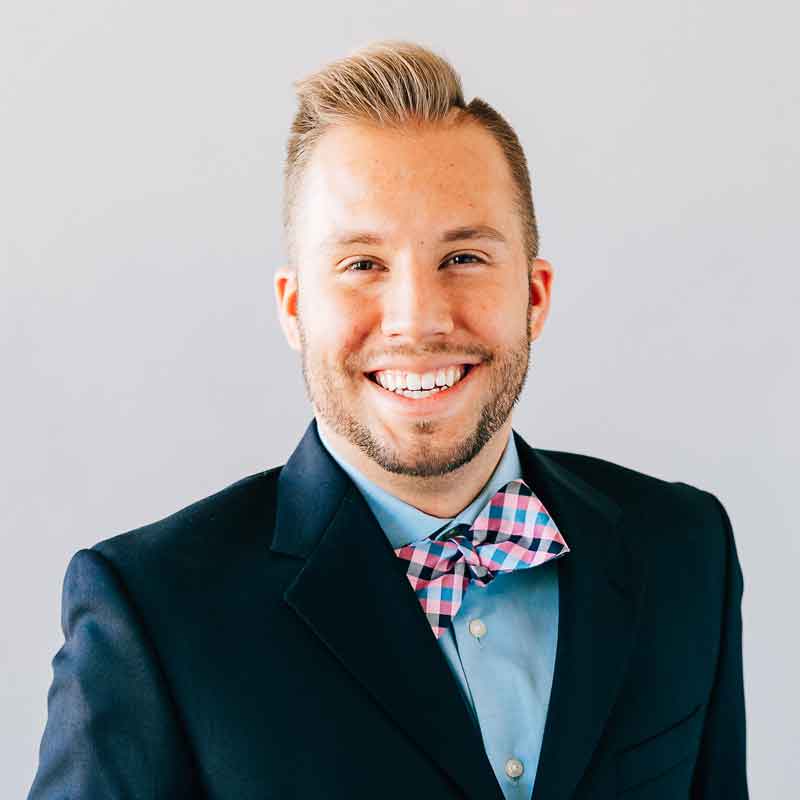Protecting the oceans is critical—especially when global waste and pollution threaten coastal communities, marine life, reefs, and the ocean’s overall ecosystem.
However, noble organizations such as the National Oceanic and Atmospheric Administration’s Florida Keys National Marine Sanctuary protect the Keys and the waters they call home through their continued efforts to remove marine debris.
Watch below our exclusive interview with Benjamin D’Avanzo, Marine Operations Technician for the Florida Keys National Marine Sanctuary, to learn how his team protects the oceans and all who inhabit them. Interested in learning more about Brightmark and the Florida Keys National Marine Sanctuary Partnership? Visit our partnership page here.
Please provide background on your career experience and what you do for the Florida Keys National Marine Sanctuary.
I started my diving career over 10 years ago as a freelance environmental technician in Martin County, Florida, working with local NGOs and city and county officials. Before moving to Florida in search of warmer weather, I studied Wildlife Biology and Management at the University of Rhode Island and commercially fished. I then moved further south to the Keys, where I continued my education at the local college, studying Marine Environmental Technology. Currently, I work for the Sanctuary as a marine operations technician, which keeps me rather busy. About ¾ of my time is spent with the Buoy Team on the water, maintaining our vast field of mooring and marker buoys (900+). The other ¼ involves diving with the Science Team completing coral/fish surveys, and fixing boats with the Operations team. We all wear a few hats here, which keeps things interesting.
What drew you to work for the Florida Keys National Marine Sanctuary?
My passion for protecting the marine environment and the challenges presented me with an opportunity I couldn’t pass up.
What is one of your favorite things about being a “buoy boy”? What does a typical day look like for you?
One of my favorite things about this job is being on or under the water more than we’re on land. There is no typical day for us, given the type of work we do. We usually make 3 plans for the week, given the weather and supporting other missions for our teams or other agencies.
What are some challenges you face in this industry?
We face many challenges, sometimes daily, but the biggest of them is educating the public on the status of our ocean. We only have one ocean, and helping all the end users, from recreational to commercial, understand the gravity of the situation has been and continues to be quite challenging.
What message would you send to people about the importance of protecting the environment, including our beautiful oceans?
There is no “away.” When you put something in the trash can or throw it overboard, it will end up somewhere else.
Lastly, what is your favorite sea animal? Why?
This is a difficult question. I would have to say my spirit animal is a Reef Squid. Their curious, funny-looking creatures, much like myself.





